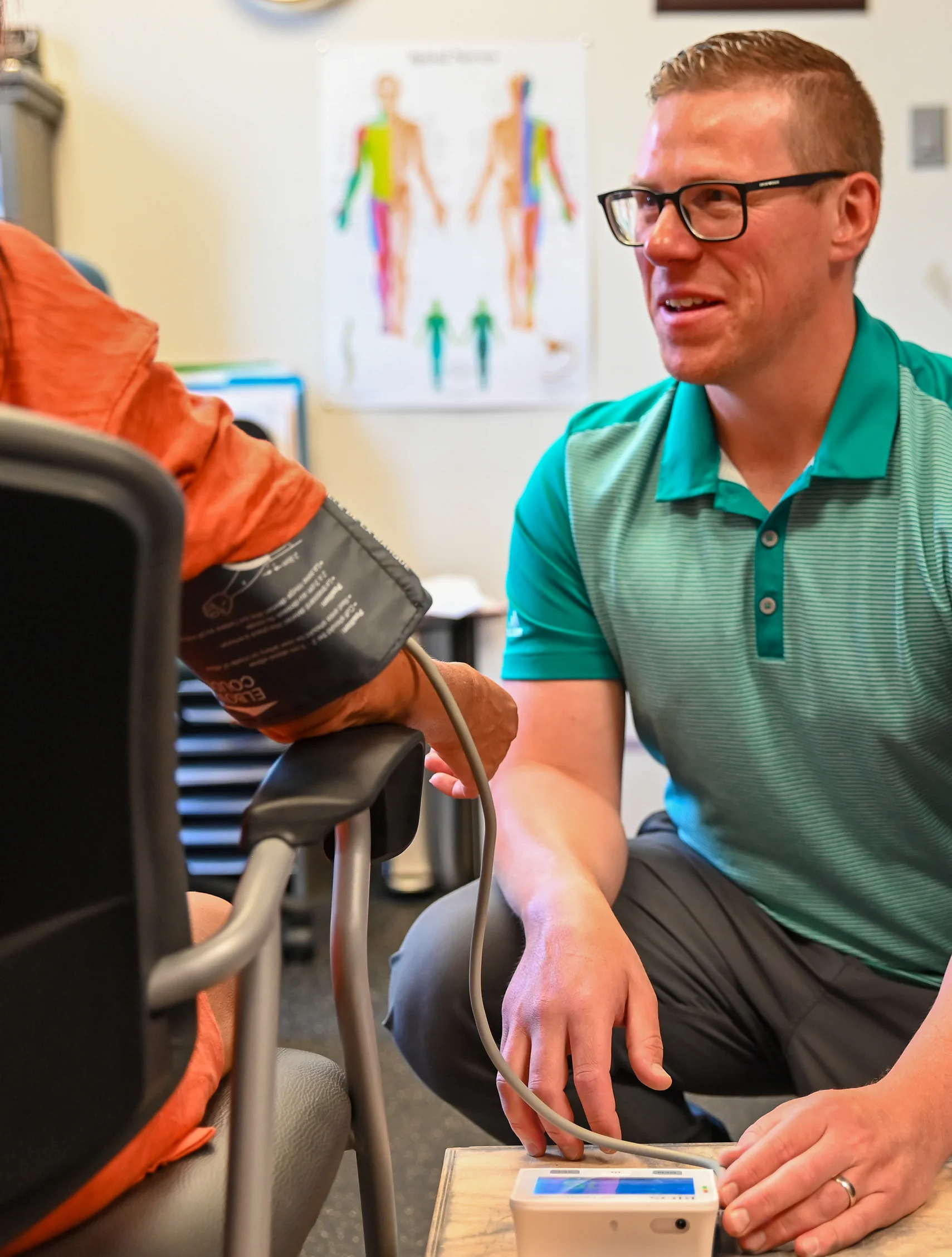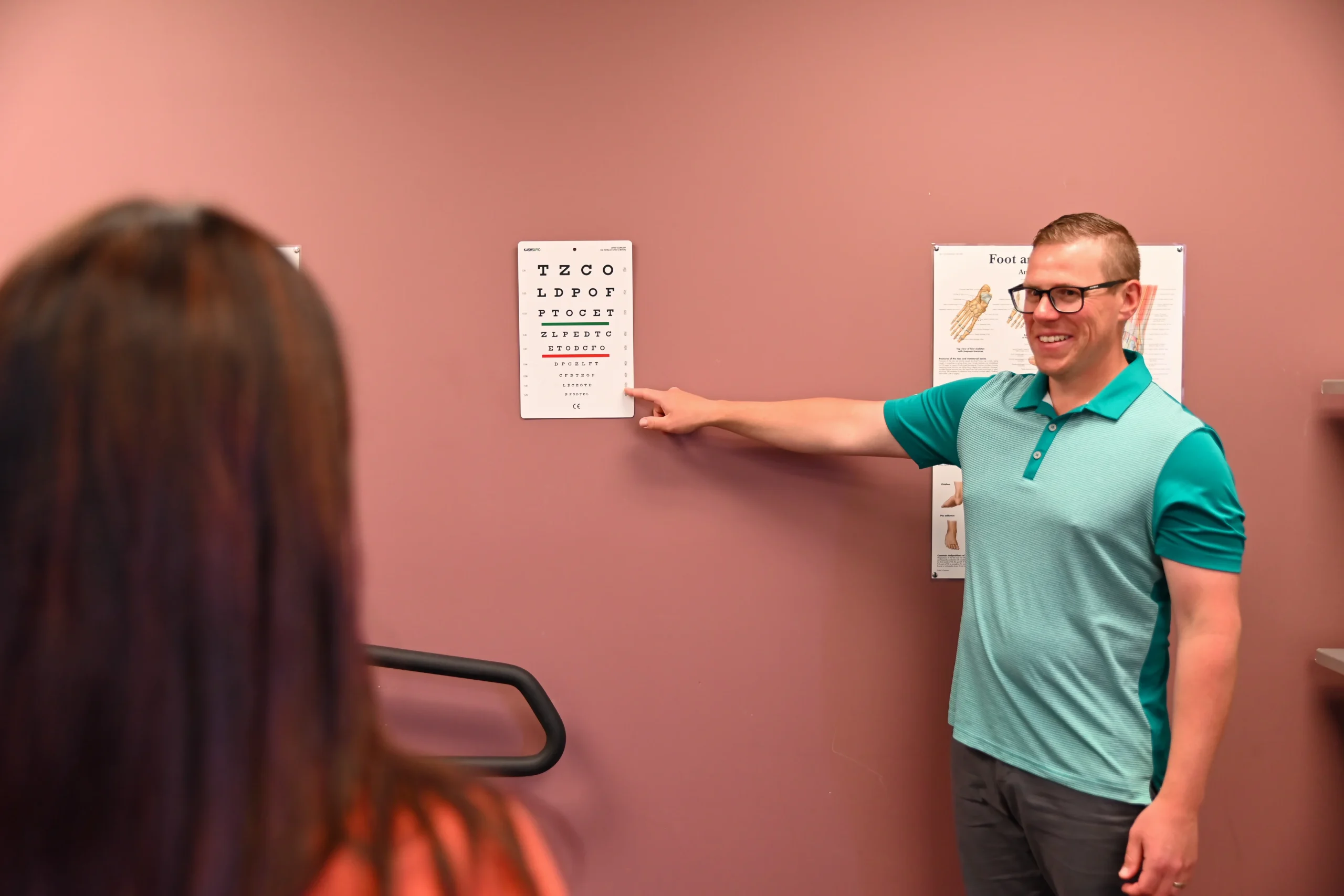WORKPLACE SURVEILLANCE PROGRAMS
WHAT IS A WORKPLACE SURVEILLANCE PROGRAM?
A Workplace Surveillance Program is an essential component of occupational health and safety that helps employers monitor, detect, and prevent work-related health risks. These programs are designed to track employee health trends, identify potential exposure hazards, and ensure compliance with workplace safety regulations. By implementing surveillance programs, businesses can proactively address occupational health concerns, reduce the risk of long-term illnesses, and create a safer work environment for employees.
A Workplace Surveillance Program is a systematic approach to monitoring the health of employees who may be exposed to occupational hazards.
By conducting regular medical screenings, exposure assessments, and health monitoring, employers can protect workers, improve workplace safety, and prevent occupational diseases before they become severe.

MONITORING EMPLOYEE HEALTH & WORKPLACE SAFETY
Regular health screenings and exposure monitoring are key components of workplace safety. Surveillance programs help identify early signs of work-related illnesses, allowing for intervention and risk reduction strategies before a condition becomes severe. Employers can also track trends in workplace illnesses and adjust safety protocols accordingly.
IDENTIFYING OCCUPATIONAL EXPOSURE RISKS
Employees in industries such as construction, manufacturing, mining, and healthcare may be exposed to hazardous materials, chemicals, and airborne contaminants. Workplace surveillance programs monitor exposure levels and help determine if additional protective measures are needed to reduce risks.
ENSURING COMPLIANCE WITH HEALTH & SAFETY REGULATIONS
Regulatory agencies such as OSHA, WSIB, and CCOHS require businesses to implement medical surveillance programs for employees exposed to hazardous environments. Non-compliance can result in fines, penalties, and liability risks. Surveillance programs help businesses meet compliance requirements and maintain workplace safety standards.

TYPES OF WORKPLACE SURVEILLANCE PROGRAMS
Different industries and job roles require varied surveillance programs to assess health risks and exposure levels. NorthStream Safety & Rehab offers a range of workplace surveillance programs designed to meet industry-specific safety requirements.
RESPIRATORY SURVEILLANCE (SILICA, ASBESTOS, & OTHER HAZARDS)
Respiratory surveillance programs monitor employees exposed to airborne contaminants such as silica, asbestos, and hazardous dust or fumes. These programs include: Spirometry (Pulmonary Function Testing) to assess lung health, Chest X-rays for early detection of lung diseases, Respirator fit testing to ensure workers are properly protected.
AUDIOMETRIC (HEARING CONSERVATION) MONITORING
Exposure to loud workplace environments can lead to noise-induced hearing loss (NIHL). Audiometric surveillance programs help prevent long-term hearing damage through: Baseline and periodic hearing tests to monitor changes in hearing ability, Hearing protection assessments to ensure proper PPE usage, Compliance with occupational noise exposure standards.
CHEMICAL & TOXIC SUBSTANCE EXPOSURE SURVEILLANCE
Employees exposed to industrial chemicals, solvents, heavy metals, and airborne toxins require routine monitoring to assess health risks. Surveillance for chemical exposure may include: Blood and urine tests for chemical absorption levels, Biological monitoring to assess workplace toxicity exposure, Medical evaluations to detect early signs of chemical-related illnesses.
BIOLOGICAL MONITORING FOR INFECTIOUS DISEASES
In industries such as healthcare, emergency response, and public safety, workers are at higher risk of exposure to infectious diseases. Biological monitoring programs help track and mitigate disease transmission risks by: Screening for infectious diseases such as tuberculosis (TB), hepatitis, and COVID-19, Vaccination programs to protect employees from workplace exposure, Routine medical evaluations for employees in high-risk occupations.
WHY IS MEDICAL SURVEILLANCE IMPORTANT?
Medical surveillance is a critical component of workplace health and safety that helps employers proactively identify, monitor, and mitigate occupational health risks. By implementing a structured medical surveillance program, businesses can ensure that their employees remain healthy, workplace hazards are properly managed, and compliance with occupational health and safety regulations is maintained.
A well-executed medical surveillance program provides early detection of work-related health issues, prevents long-term complications, and helps protect employees working in hazardous environments. This not only reduces liability risks for employers but also fosters a safer and healthier work environment, improving employee morale and productivity.
EARLY DETECTION OF WORK-RELATED ILLNESSES
Many occupational diseases develop over time due to long-term exposure to hazards. Surveillance programs allow for early detection of health issues such as respiratory diseases, hearing loss, and chemical exposure-related illnesses, ensuring timely medical intervention.
PREVENTING LONG-TERM HEALTH COMPLICATIONS
When hazards go undetected, employees may develop chronic illnesses such as lung disease, hearing impairment, or chemical poisoning. Medical surveillance programs help reduce long-term health complications by identifying risks before they become serious.
PROTECTING EMPLOYEES IN HIGH-RISK OCCUPATIONS
Employees working in industries with exposure risks, including construction, mining, transportation, and healthcare, require routine health monitoring. Surveillance programs help ensure safe working conditions and proper risk management strategies.
GET STARTED WITH WORKPLACE SURVEILLANCE TODAY
CONTACT US FOR A CONSULTATION
Protect your employees and ensure compliance with occupational health and safety standards. Contact us today to discuss a customized workplace surveillance program that aligns with your industry’s requirements.
